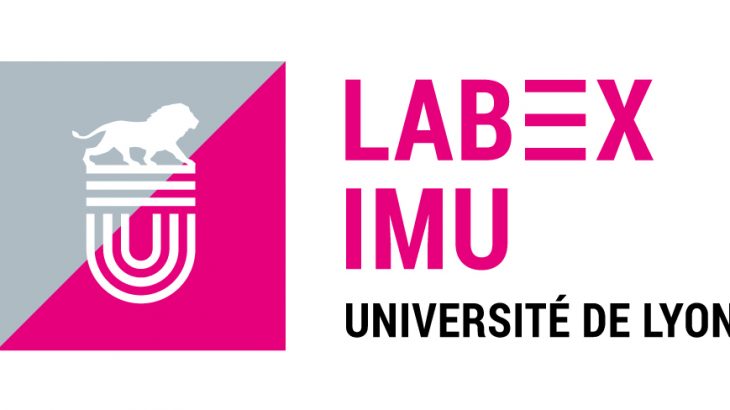Résultats de la recherche pour : sel
-
19 juillet 2018
POLLUX – Nocturnal light pollution: how extensive is it? What are the effects on biodiversity? What legislative measures need to be taken? (2017)
Summary: Nocturnal artificial light is essentially emitted by urban areas and road infrastructure. This phenomena is constantly increasing and has significant biological consequences. In effect, night-time periods regulate the synthesis of melatonin, the key hormone which synchronises a multitude of physiological processes (metabolism, growth, stress and immunity in the majority of animals). Although effects on […]
+
-
OPTIMUM – Photographic observatory of the area: images of changing urban worlds (2017)
Summary: The innovative premise on which this project is founded is that the practice of photography – by a skilled artist with a singular vision – can constitute a form of investigation and a tool for considering geography and spatial planning (urban planning and architecture). The images, insofar as they are linked to a certain […]
+
-
MICREAUPLUIE – Role, perceptions et representations of alternative techniques for stormwater source management vis-à-vis urban pollution (2017)
Summary: There has been a paradigm shift in stormwater management in recent years. The notion of a central network has been replaced by decentralised solutions (e.g. grassed swales, green roofs, rain gardens and pervious pavements). These systems differ from traditional stormwater management in that they are highly multifunctional and integrated into spatial planning, and they […]
+
-
HIL – Artificial Intelligence to facilitate property searches – System of recommendations with spatial and non-spatial visualisation for property search (2017)
Summary: This project is an extension of a partnership between researchers in sociology, social psychology and IT and the Home in Love start-up, which provides a web platform to facilitate housing searches. The aim of the project is to improve the spatial recommendation procedures by proposing neighbourhoods to people seeking housing. It consists of two […]
+
-
17 juillet 2018
VÉLOVGR – “Vélover la ville” (cycle the city) (2013)
Summary: Urban self-service bicycle sharing systems have been developing rapidly on an international scale for less than a decade, and correspond to a change in mobility, public services and contemporary urban practice. This innovation, which resembles individual public transportation, makes the user the producer of their mobility and the co-producer of the evolution of an […]
+
-
UNIMAP – Integration of location-based services from several suppliers with a view to creating a unified map – Application to tourist points of interest (POI) (2012)
Summary: The UNIMAP project aims to produce a unified cartography presenting the various points of interest (POI) of a territory, from multiple location-based service providers (LBS) such as Google, Microsoft, Michelin, Open Street Map, etc. These suppliers provide complementary data that is sometimes inconsistent and inexact. UNIMAP proposes to seek a solution for this integration […]
+
-
16 juillet 2018
Atelier IMU Jeux urbains, une première séance réussie
1ère partie Cette première partie (durée 1h20) fut consacrée à jouer, pratique indispensable pour se mettre en condition – 5 jeux étaient disponibles : URBALOG URBALOG est un jeu de plateau destiné à la formation et la médiation autour du croisement des enjeux de l’aménagement urbain et des enjeux de la logistique urbaine. Encadré par […]
+
-
PATHO-AIR – Use of retention basins in managing storm water: Evaluation of the exposure of neighbouring populations and operators to bioaerosols and pathogenic bacteria (2015)
Summary: The urban environment today concentrates most of the global population and this process does not seem likely to change. As such, town and cities have organised themselves accordingly and significant environmental changes have followed. The water cycle has been particularly disrupted, which has led to the emergence of new risks for societies and their […]
+
-
5 juillet 2018
KITE – Multi-scale approach to the environment of desert kites: human/environment relations and implantation and subsistence strategies in the ancient urban context (2012)
Summary: Desert kites are architectural structures imagined and built at the borders of human-made areas, which are found in large numbers in the Near East along the edges of urban agglomerations. Their construction and use might date back to the Neolithic period. They testify to a capacity for joint planning with sharing of technical knowledge […]
+
-
JANUS – Serious digital archaeology game integrating social customs (2012)
Summary: The JANUS project aims to design, execute and validate the modalities for a mainstream online social game (computer or mobile device) to enhance the attraction, awareness and self-learning of scientific methods in archaeology, as a precursor to more ambitious developments. The innovative overall approach aims to combine archaeological site visits, museum tours and online […]
+


